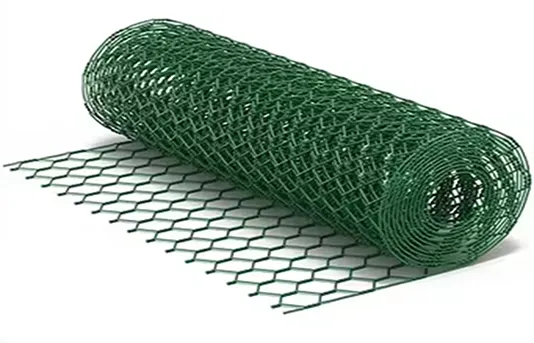-
 Phone:
Phone: -
 Email:
Email:

Affordable Chain Link Fence Materials and Supplies for Your Project Needs
Understanding Chain Fence Supplies A Comprehensive Guide
When it comes to securing a property, chain link fencing has always been a popular choice among homeowners and businesses alike. Its durability, low maintenance, and affordability make it a leading contender for perimeter security. But to ensure that a chain link fence serves its purpose effectively, it's crucial to have the right supplies and components. This article will delve into the essential supplies required for chain link fencing, their purposes, and considerations when purchasing them.
Components of Chain Link Fencing
1. Chain Link Fabric The primary component of a chain link fence is the chain link fabric itself, typically made from galvanized steel to prevent rust and corrosion. They come in various heights and mesh sizes, ranging from 2 inches to 6 inches. The choice of mesh size usually depends on the intended use—smaller meshes can offer more security and prevent animals from passing through, while larger meshes provide visibility and airflow.
2. Posts Fence posts are the backbone of any fencing system. They support the chain link fabric and help maintain the structure. Generally, there are two types of posts terminal posts and line posts. Terminal posts, which are usually thicker and stronger, are installed at the ends, corners, and gates of the fence. Line posts are installed at regular intervals along the fence run to provide additional support. The spacing between these posts typically ranges from 5 to 10 feet.
3. Post Caps Post caps are essential for protecting the top of the fence posts from weather damage. They prevent water from entering the posts, which can lead to rotting or rusting. Post caps come in various designs; some are simply flat caps, while others might be decorative, adding an aesthetic touch to the fence.
4. Tension Wire Tension wires are used at the bottom and/or top of the chain link fabric to give additional rigidity and support. They're especially useful for keeping the fabric taut, ensuring that it remains upright and maintains its appearance over time. Tension wire is typically made of the same galvanized steel as the fabric.
5. Tension Bands and Strainers To affix the chain link fabric to the posts, tension bands are integral. They act as connectors, allowing the fabric to be pulled tight and securely attached to both terminal and line posts. Strainers help to apply tension to the fabric and are typically used on terminal posts.
chain fence supplies

6. Gates and Hardware A fence isn’t complete without an entry point. Chain link gates can be manufactured on-site or purchased pre-fabricated. Gate hardware, such as hinges, latches, and locks, are crucial for ensuring the gate's proper function and security.
Considerations When Purchasing Supplies
- Material Quality When selecting chain link materials, prioritize high-quality galvanized steel to ensure durability and resistance to rust. Consider products that offer a vinyl coating for enhanced weather resistance and aesthetic appeal.
- Height and Gauge Choose the right height and gauge (thickness) for your fencing depending on your security needs and the environmental conditions. A heavier gauge will provide more strength and resistance to bending or breaking.
- Installation Ease Some supplies may require special tools or expertise for installation. It’s essential to consider whether you’ll perform the installation yourself or hire professionals. Pre-fabricated components can simplify the process for DIY enthusiasts.
- Local Regulations Before starting your fence project, check local zoning laws and homeowners' association rules regarding fencing. There may be restrictions on the type, height, or materials used, affecting your choices.
Conclusion
Chain link fencing offers a versatile solution for enclosing a variety of spaces, from residential yards to commercial properties. By understanding the essential chain fence supplies, property owners can make informed decisions about their fencing needs. With the right components, you can ensure your chain link fence is not only functional and secure but also a lasting investment for years to come. Whether shopping online or at a local hardware store, keep in mind the considerations highlighted in this guide, enabling you to select the best materials for your specific requirements.
-
Wire Mesh for Every Need: A Practical SolutionNewsJul.25,2025
-
Steel Fences: Durable, Secure, and Stylish OptionsNewsJul.25,2025
-
Roll Top Fencing: A Smart Solution for Safety and SecurityNewsJul.25,2025
-
Cattle Farm Fencing Solutions for Maximum SecurityNewsJul.25,2025
-
Affordable Iron Binding Wire SolutionsNewsJul.25,2025
-
Affordable Galvanized Wire SolutionsNewsJul.25,2025
-
Wire Hanger Recycling IdeasNewsJul.25,2025








